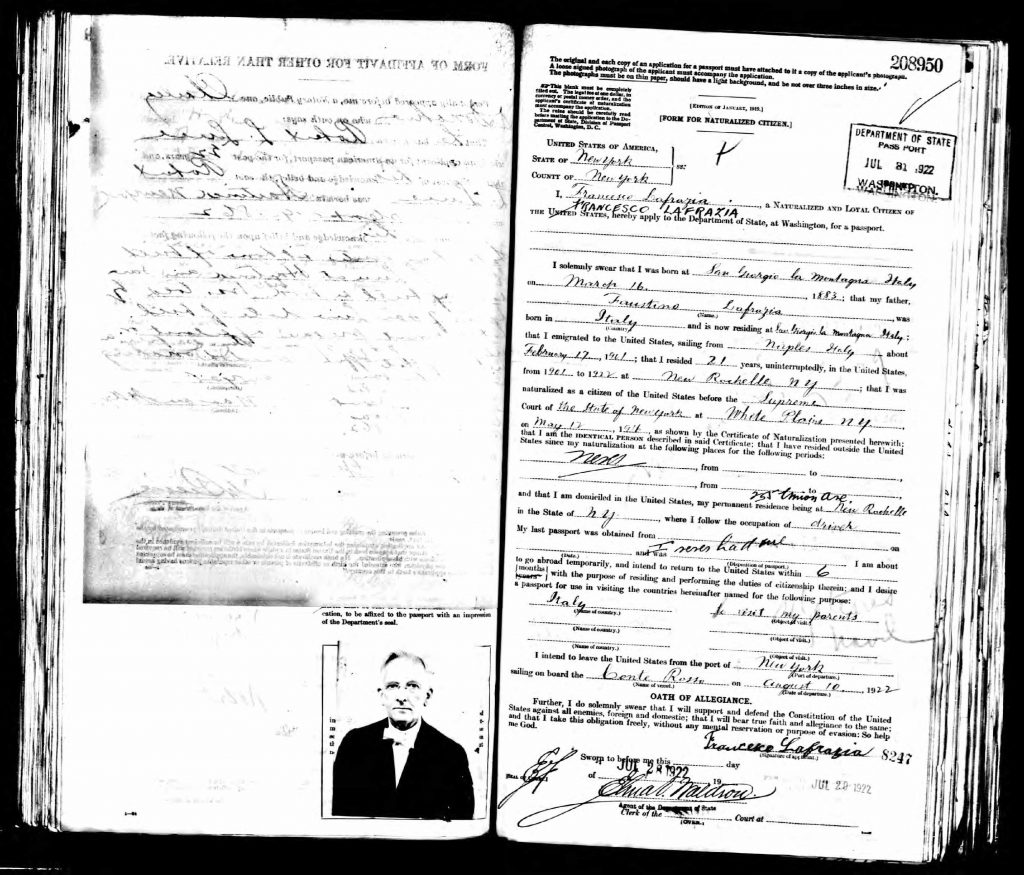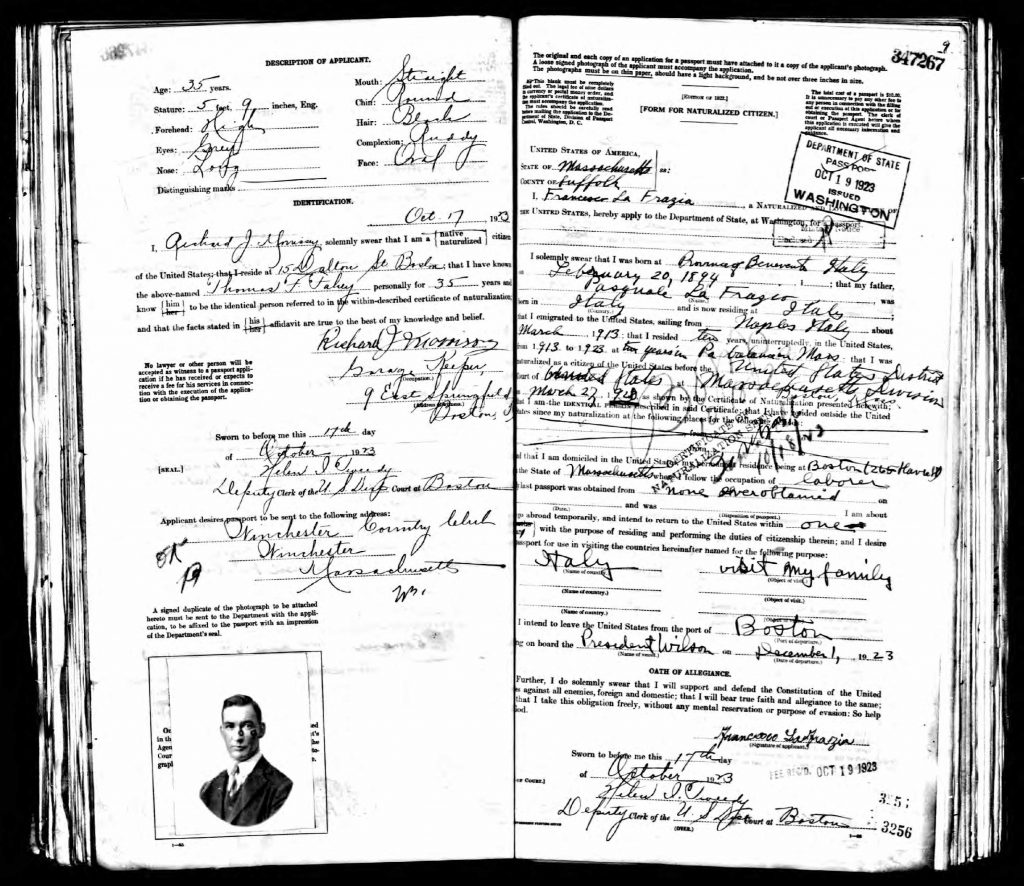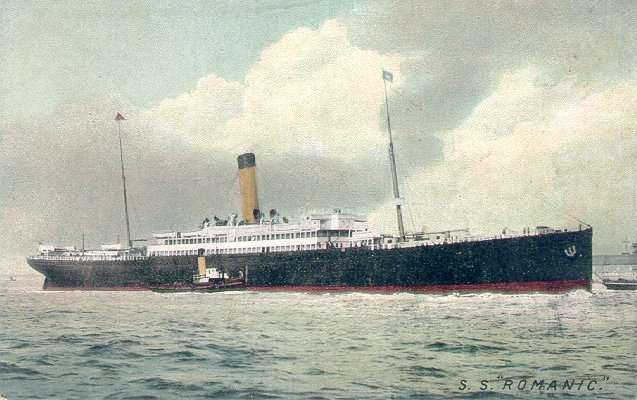Introduction
The saga of the LaFrazia family’s migration to the United States is a complex and somewhat elusive narrative. While existing records offer fragments of the story, they also present many gaps and ambiguities. Amidst this uncertainty, a few names stand out, offering glimpses into the lives and journeys of our early ancestors.
The Landscape of Unknowns
The incomplete and often incorrect nature of passport and immigration records leaves us with an intriguing, yet incomplete, picture of our family’s initial steps in America. It’s likely that many more LaFrazia—whose identities remain unknown to us—made this pivotal journey during the early 20th century.
Illustrative Examples: Antonio, Francesco, and Pasquale
While the story remains largely untold, individuals like Antonio, born in Calvi in 1890; Francesco, born in 1883; and Pasquale, born in 1895, offer us fragmented snapshots.


- Antonio: Arriving in Boston on June 6, 1911, aboard the SS Romanic, this Antonio LaFrazia was one of several who would call the new world home.
- Francesco and Pasquale: These men, who were sons of Faustino LaFrazia, represent other pieces of the puzzle. Unfortunately, the lack of complete and accurate records adds a layer of mystery to their experiences.
Vessels of Ambiguity

The ships that carried our ancestors, like the SS Konigin Luise, Cretic, and Bolivia, serve as symbolic vessels of the known and the unknown. These ships not only transported our ancestors but also their untold stories and unfinished dreams.
Pre-Emigration Movements: An Internal Shift
Before embarking on their transatlantic voyages, many LaFrazia family members transitioned from Calvi to the towns of San Giorgio la Montagna and Sant’Angelo a Cupolo. This internal migration within Italy may have served as a preliminary stage, paving the way for the more significant journey ahead.
Conclusion
Our family’s early immigration history is akin to a jigsaw puzzle with missing pieces. While we have snippets of information, much remains undiscovered. Yet, even in its incomplete form, this story offers valuable insights into the resilience and adventurous spirit that have become hallmarks of the LaFrazia family.